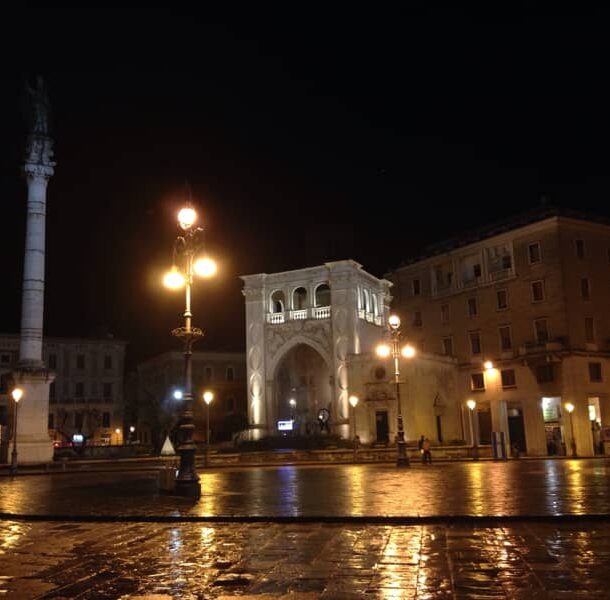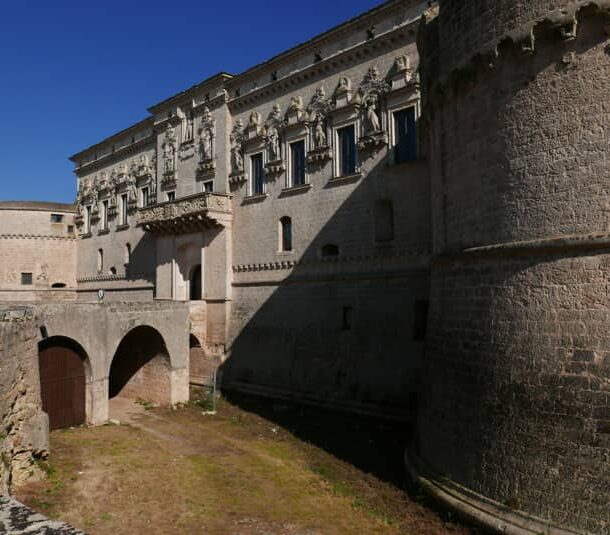
Le Cesine: the WWF Oasis where nature meets the sea
Just a few kilometers from Lecce, between the Adriatic coast and the Salento countryside, lies a place where time seems to slow down and nature returns to its purest rhythm: the WWF Oasis Le Cesine.
It is one of southern Italy’s most important wetlands — a paradise of biodiversity that stretches across sand dunes, lagoons, reeds, and pine forests, where land and sea coexist in perfect harmony. Visiting Le Cesine means immersing yourself in an unspoiled landscape, ideal for nature lovers, photographers, and anyone who enjoys slow walks in the open air.
A protected area in the heart of Salento
The Le Cesine Oasis is located in the municipality of Vernole, about 15 km from Lecce, and is part of the Costa Otranto – Santa Maria di Leuca and Bosco di Tricase Regional Natural Park. It’s one of the last surviving wetlands along the Adriatic coast of Puglia — a natural refuge for migratory birds and rare species that have stopped here for centuries.
The name Cesine comes from the Latin cesa, meaning “uncultivated land,” a testament to the wild, untouched nature of this area. Today, under the care of the WWF, the reserve stands as a model of environmental protection — a place where nature thrives freely, following its own balance and rhythm.
A paradise for birdwatchers
Autumn and spring are the best times to observe the migratory birds that stop here during their long journeys between Europe and Africa. Grey herons, coots, mallards, and black-winged stilts populate the wetlands and canals, offering a breathtaking sight for those who love birdwatching or simply wish to enjoy the quiet presence of nature.
The oasis is home to over 250 bird species, as well as foxes, hedgehogs, reptiles, and amphibians. The well-marked nature trails allow visitors to explore safely, often accompanied by WWF guides who share the stories and secrets of this unique landscape.
Between dunes and sea: the most beautiful trails
Le Cesine offers several hiking routes, suitable for both experienced trekkers and families with children.
One of the most enchanting paths leads to the coastal dunes, where golden sand meets Mediterranean vegetation and the deep blue of the Adriatic. The sea breeze, often shaped by the tramontana wind, enhances the wild beauty of this coastline.
Another inland trail winds through the pine forest, ending at wooden birdwatching huts, perfect for observing wildlife without disturbing it. Along the way, you’ll encounter ancient fortified farmhouses — reminders of the rural life that once defined this region.
An experience for every season
Each season offers a different face of Le Cesine.
In spring, the air fills with birdsong, wildflowers bloom, and the sea turns calm and inviting. In autumn, the sunsets burn red over the lagoons, creating an atmosphere of quiet reflection.
Even winter has its charm: the clear skies, the whisper of the wind across the dunes, and the distant roar of the sea create a poetic and peaceful landscape, perfect for those who seek authentic beauty.
How to visit Le Cesine
The oasis is open all year round, but guided tours organized by the WWF are especially recommended on weekends and during migration periods. It’s easily reachable from Lecce by car or bicycle, following the coastal road toward San Cataldo.
At the entrance, a visitor center provides information, guided excursions, and educational activities for families. Comfortable shoes, water, and a camera are essential — and as always in a protected area, respect for nature comes first: here, every gesture matters.
Where nature meets the sea
Visiting Le Cesine is more than just a day trip — it’s a reconnection with nature. It’s the ideal destination for those seeking peace, silence, and authenticity, just a few minutes from Lecce yet far removed from the noise of the summer crowds.
Between sea and lagoons, wind and light, Le Cesine embodies the purest soul of Salento — a land that still knows how to guard its beauty and share it generously with those who take the time to explore it, step by step.
Viale Alfieri, 11 – 73100 Lecce
Tel.: +39 0832 230030
Email: info@eoshotel.it
P.IVA: 03296760758
CIN: IT075035A100021486
Disclosure obligations for public disbursements: State aid and de minimis aid received by our company are contained in the National Register of State aid pursuant to art. 52 of Law 234/2012 to which reference is made and which can be consulted at the following link.
